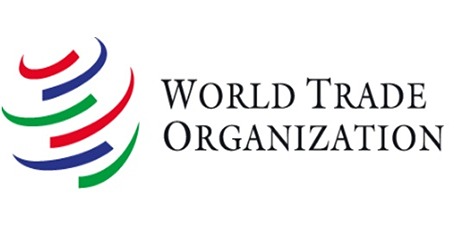Proposals on value added tax (VAT) published by the European Commission on 18 January 2018 would permit EU countries to apply reduced rates to a wider range of goods and services provided that they still kept a weighted average VAT rate of at least 12%.
The proposed rule changes are intended to give the EU member states greater flexibility in setting their own VAT rates so they can implement their own policy preferences. Up to now all 28 member states have been required to unanimously give their approval to requests for by individual countries to apply reduced VAT rates to products.
Member states would be required to keep the VAT standard rate for high-value portable goods including consumer electronics, smart phones and cars, because these products are often targeted by VAT fraud. The standard rate would also continue to be applied to tobacco, fuel and financial services.
Under the proposed rules the standard rate of VAT for each member state would need to be at least 15% but there would be scope for four reduced levies. These would be a zero rate, a reduced rate below 5% and two rates between 5% and the standard rate.
The European Commission has also proposed to simplify VAT for small and medium enterprises (SMEs). A business with annual revenue below EUR 100,000 would be able to qualify for VAT exemption regimes in other member states. Simplified rules would apply to companies with an annual turnover below EUR 2 million. The proposed changes would also allow EU member states to exempt small businesses from some VAT identification, billing, accounting and reporting requirements.
Under proposals already put forward in October 2017 businesses would be permitted to charge the rate of VAT applicable in the member state in which the customer is located, rather than the vendor’s member state. That measure would aim to reduce the amount of VAT fraud in the EU.
The VAT proposals will now be forwarded by the European Commission to the European Parliament and the European Economic and Social Council for consultation, and then for adoption to the Council.
















